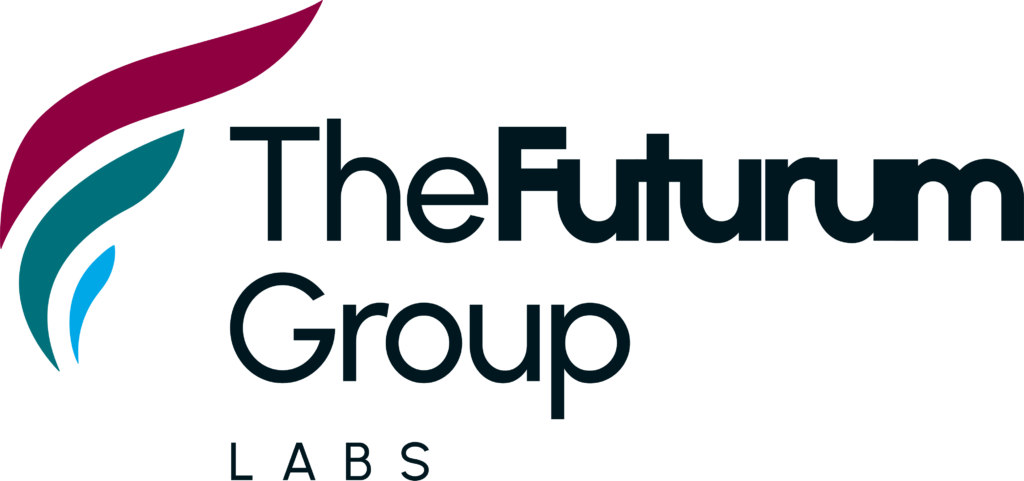This website uses cookies so that we can provide you with the best user experience possible. Cookie information is stored in your browser and performs functions such as recognising you when you return to our website and helping our team to understand which sections of the website you find most interesting and useful.
The term access method is frequently used to identify types of I/O in open systems. Many who use it probably don’t understand the historical context for what has been known as an access method for over 50 years. In open systems, the types of I/O are for block data, file data, and object data. Access methods represent how the types of data are stored on devices.
 The term access method comes from the mainframe world and denotes a number of well known (at least to those who have worked with mainframes) means to store or access information. Access methods are really software routines accessed by application programs using software commands that are inline calls to system functions. You can call these Application Program Interfaces (APIs). The closest equivalent function in open systems would be a device driver.
The term access method comes from the mainframe world and denotes a number of well known (at least to those who have worked with mainframes) means to store or access information. Access methods are really software routines accessed by application programs using software commands that are inline calls to system functions. You can call these Application Program Interfaces (APIs). The closest equivalent function in open systems would be a device driver.
There are many types of access methods and most deal with how data is organized, usually in the form of records, which are typically fixed length blocks of data in a dataset.
Some the familiar access methods for storage in the mainframe world include:
- BSAM – Basic Sequential Access Method
- QSAM – Queued Sequential Access Method
- BDAM – Basic Direct Access Method
- BPAM – Basic Partitioned Access Method
- ISAM – Index Sequential Access Method
- VSAM – Virtual Storage Access Method
- OAM – Object Access Method
Read the full article here. You may also be interested in:
– Blog: Hadoop Meets the Mainframe
– Presentation: Comparison of Mainframe and Open Systems Storage
– Blog: EMC Doubles Down on the Mainframe

